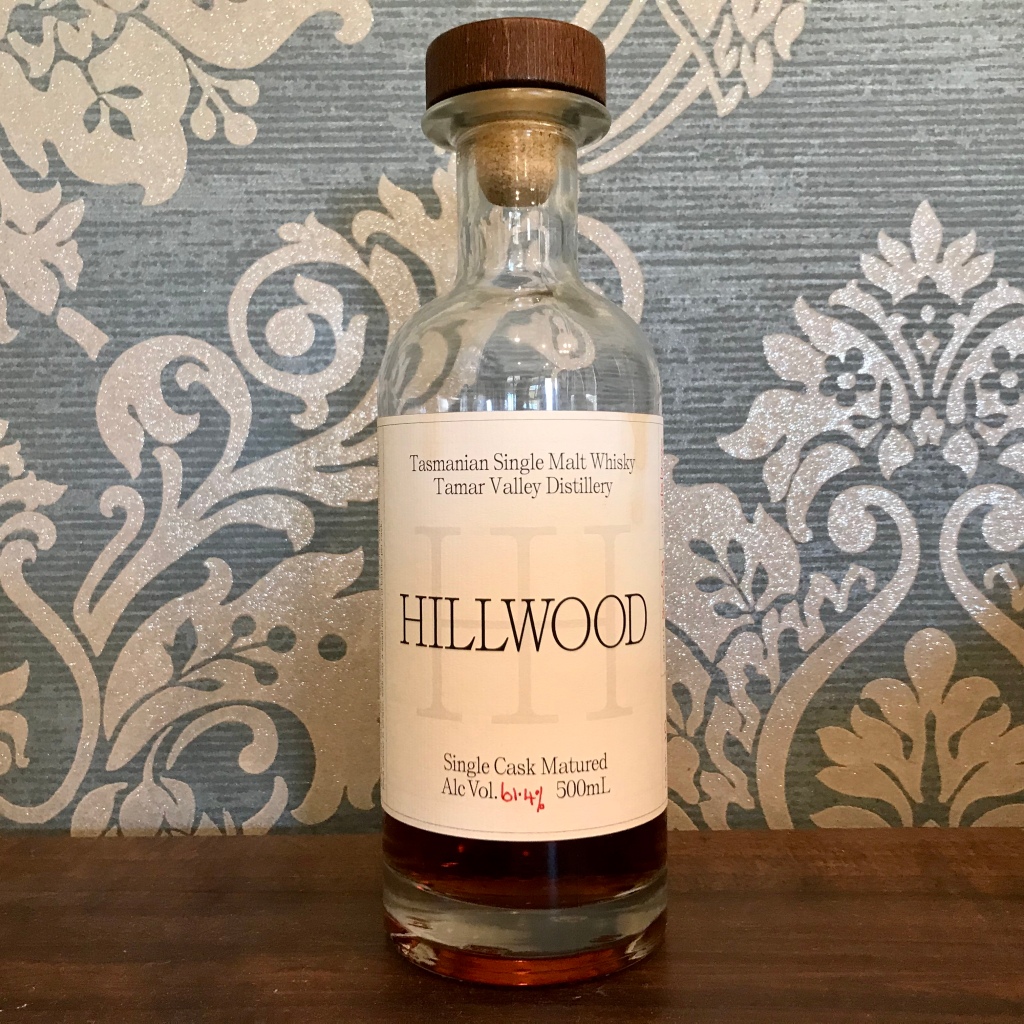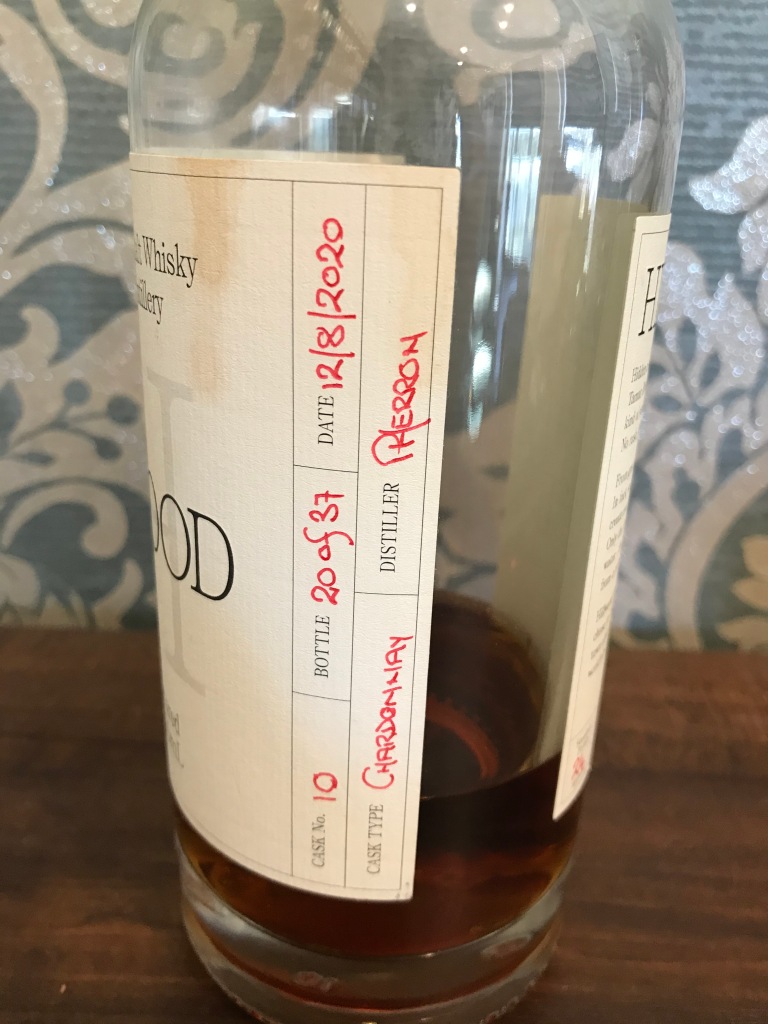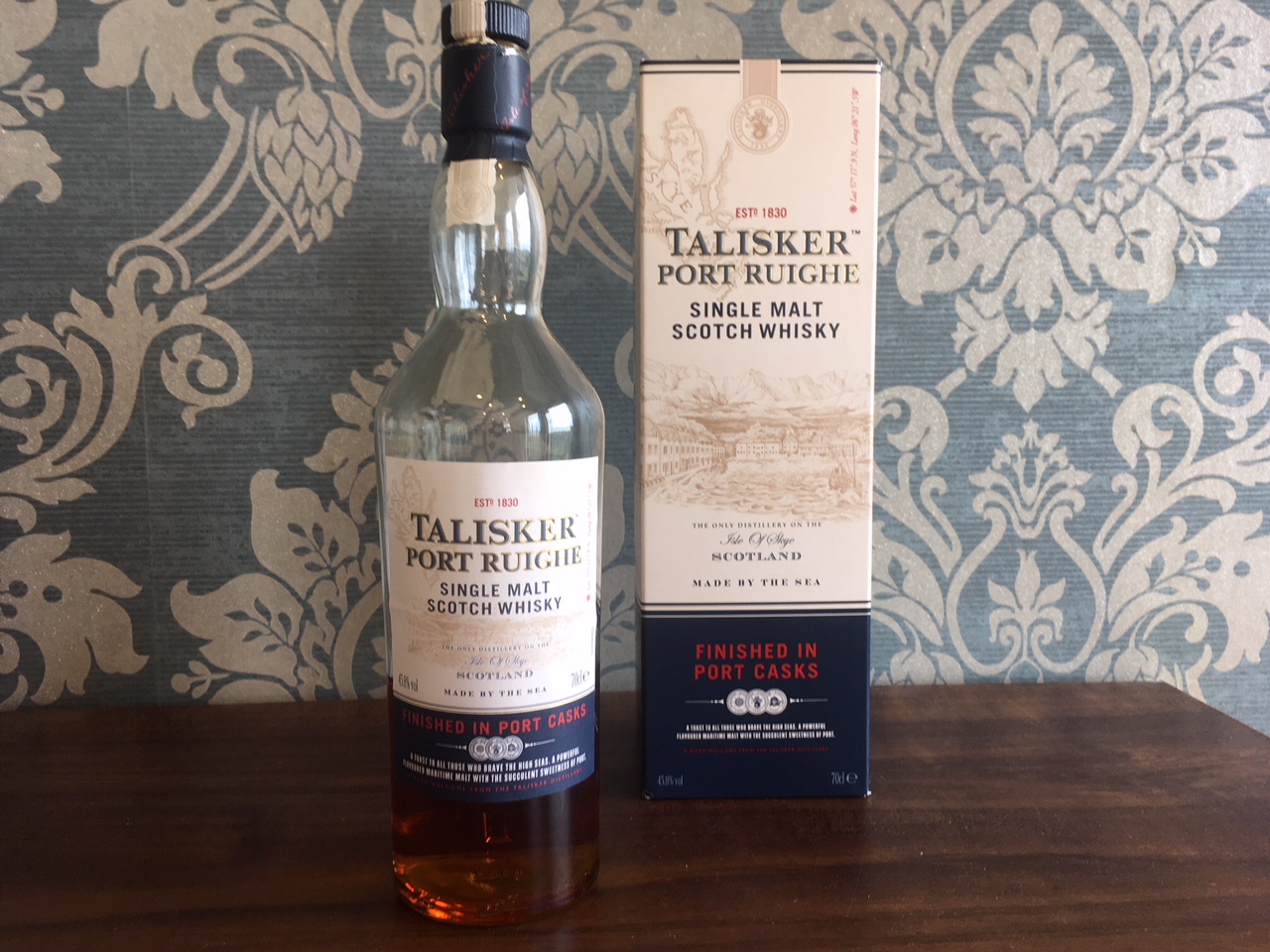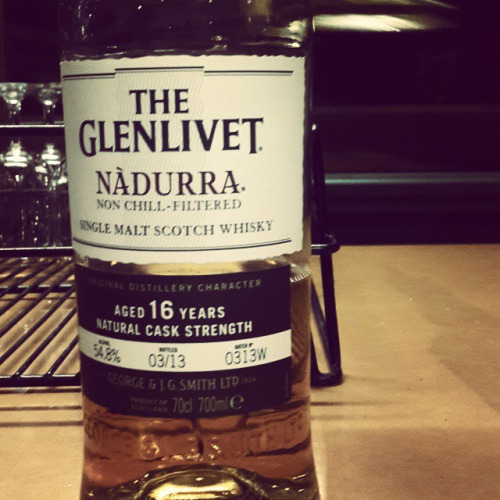Reviewed by: Nick

Tasmanian = check.
Single cask = check.
Cask strength = check.
Ex-wine barrel = check.
From a small distillery you’ve probably never heard of = check.
Surely I’ve written this exact review before, right? WRONG! Because this whisky is quite unlike anything going around at the moment!
Hillwood Distillery, based just north of Launceston, is the creation of father and sons team: Paul, Ollie, Daniel and Joel Herron. Inspired by their love of creating things, they decided single malt whisky was a product they could all get on board with. Together, they began to lay down small barrels in 2018.
This particular bottle is one of the first Hillwood whiskies released and was aged in the rather uncommon cask type: ex-chardonnay. The barrel influence is significant and part of what makes this a very different whisky to most coming out of the state. Like all Hillwood releases, it is bottled at cask strength, in this case 61.4%, and was one of only 37 bottles.
Let’s begin with the colour. That colour. Wow. Dark whiskies are actually the norm for Hillwood. Paul believes it is to do with the mineral content in the local water, which I couldn’t even begin to verify, but whatever it is, the whisky comes out of a cask which once housed a distinctly white wine looking like a jar of molasses.
On the nose there is an initial whiff of apricot jam which quickly transforms into white chocolate, butterscotch and tiramisu. The palate is intense and grapey with sweet gooey notes of vanilla-latte and Werther’s Originals: caramel topping on ice cream. There’s also a hint of fruitcake, which is curious considering there’s not a hint of fortified wine used in this whisky’s creation. The finish is long. Oh-so long! The sweetness dries off rapidly leaving a lingering oaky spice.
The wood-influence is noticeably present, in no small part thanks to the 20-litre cask the whisky was aged in, but as much as this threatens to overwhelm the delicate chardonnay notes, it never does, leaving a finely balanced flavour bomb. It is an impressive whisky which gets better with every sip.
For many folk there must be a temptation to pass off the Hillwood Chardonnay Cask as just another unpredictable single cask release, yet I can thoroughly recommend seeking this one out, or at least something similar from Hillwood. There is a mini chardonnay cask movement occurring at the moment and it is fascinating to taste the results. I would even go so far as to argue that this is the best of the bunch.
★★★★















